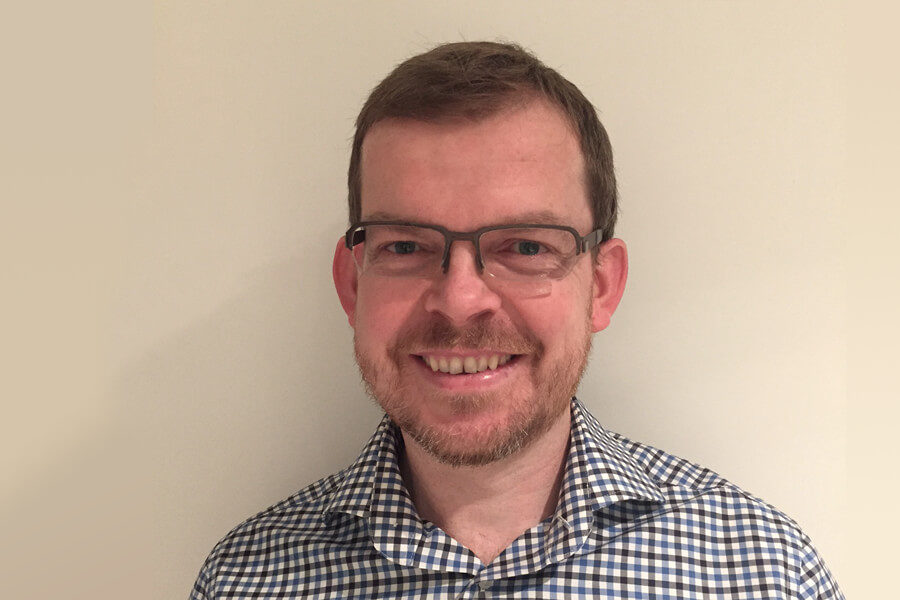Meet Jonathan Arundel

DATE
TYPE Profiles
At first glance, Jonathan Arundel’s career progression seems unusual. He’s worked in telecommunications, studied bees in rural Victoria, helped improve public transport and is now researching urban liveability.
The common thread is his ability to analyse patterns of data. “I’m not an expert in bees or public transport or public health, but I do know enough about those fields now to crunch the data so that experts in those fields can understand what the results mean and how they might be used.”
Since early 2017, Dr Arundel has been a Senior Research Fellow at RMIT’s Centre for Urban Research. As part of the Prevention Centre’s Australian National Liveability Study, he’s helping develop a geospatial database and online portal called the Urban Observatory which will provide indicators of liveability within and across Australian cities.
The Observatory will help disseminate the findings from the Liveability Study. The first of its kind, the study explored how indicators of liveability, such as walkability, transport, public open space and the availability of food and alcohol, are associated with health and wellbeing in Australian capital cities.
“After our team and our collaborators had created these indicators, we needed to find a way to more effectively share these with policy makers, practitioners, researchers and the community more broadly,” Dr Arundel says. “That gave me a chance to help, as I’d done work previously around developing these kinds of systems and platforms.”
Dr Arundel trained as an electrical engineer and worked in telecommunications, but changed tack during his PhD. His research led him to collaborate with a geneticist investigating feral honey bee colony densities throughout Victoria, in both natural and disturbed environments.
“This was the start of my career in interdisciplinary research,” Dr Arundel says. “It could have been a barrier having to communicate with someone in a completely different field, but I found it quite enjoyable trying to get my head around another field.”
Then he moved into analytics at Public Transport Victoria. His team was responsible for analysing the electronic ticketing transactions of half a billion trips made each year on Victoria’s public transport network to work out who was using those services, where, when and why, and provide information to planners to improve future public transport.
Now working with the Prevention Centre, Dr Arundel lives right in the centre of the city and just a short walk from RMIT University. He still gets plenty of walking done with his miniature schnauzer McNulty. McNulty doesn’t care much for the rain though, so he’s got a special backpack so he can also use Melbourne’s trams.




